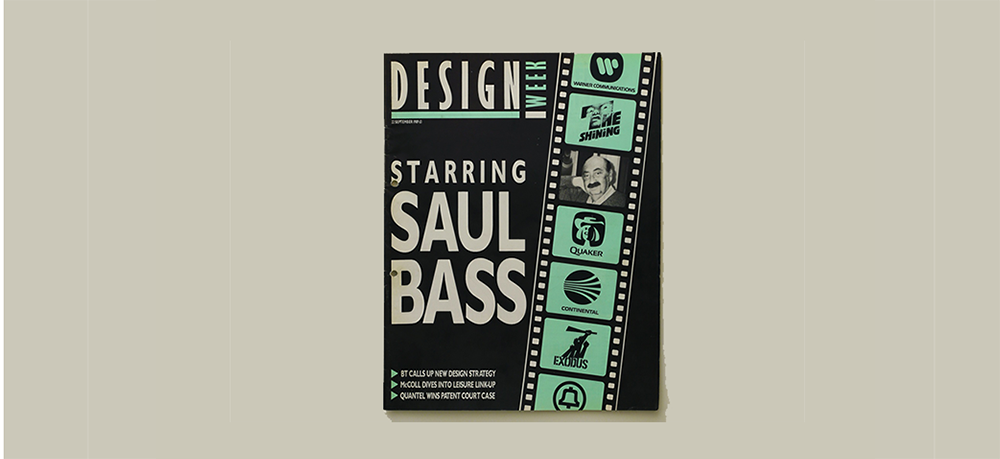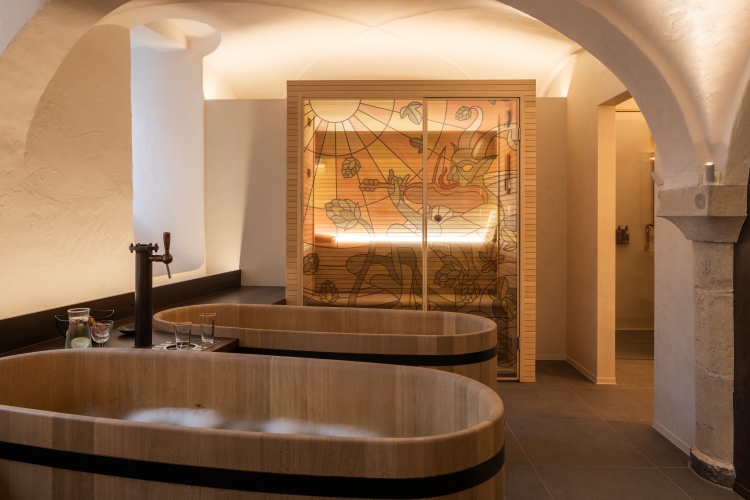Stilfold designs wind turbine foundation concept that mimics tree roots
The design comprises a series of folded steel beams that curve into the ground to support the turbine, which could scrap the need for 90 trucks of concrete per structure.
Swedish design and technology start-up Stilfold has revealed its new design concept for wind turbine foundations made up of long, curved recycled steel beams that mimic tree roots.
Existing wind turbine foundations require up to 90 trucks of concrete and ten trucks of reinforced steel bars to stabilise just one of the 150 metre poles, says Stilfold co-founder Tue Beijer. This causes huge disturbances to the natural environment and often involves pouring concrete into topsoil, where is does the most damage.

To find a solution, Beijer says that Stilfold asked, “How does nature solve this problem?”, The answer was taking inspiration from tree roots and creating several long triangular pieces of steel, cut from a large flat sheet, which are then folded down the centre to make tall, tent-shaped beams. Beijer describes this folding of the steel as “industrial origami” – a term that has cropped up in other product design stories such as Levante’s portable solar panels – which helps to make the structure stronger.
When placed side by side, the beams would be twisted together, like a piece of rope, before bonding to form the outward-curving foundation. The curved beams would be secured to the ground individually, illustrating the biomimicry element of the design, as the technique takes cues from how roots support a tree, according to Beijer.

He explains that finding the right shape for the “repeated” beam component was one of the project’s challenges, as well as generally trying to find a way to support a structure so large and tall.
Stilfold’s patented computer-guided software and industrial origami manufacturing technology was designed so that each steel root structure could be tailored to the site of the turbine. The former requires drones that would scan the ground to assess what kind of curve is needed, while the latter involves the use of robotic arms that fold the steel.

As with existing foundations, digging would be required to get Stifold’s steel root structure into the ground but while the old methos would leave a pile of earth behind, Beijer says the new concept allows the soil to be “put back into the structure”, like planting a tree.
He claims that Stilfold’s solution could reduce carbon dioxide emissions generated during the construction of onshore turbines by as much as 80%, as there would be no need to transport masses of greenhouse-gas-releasing concrete. To make the foundation even more sustainable, Beijer says it would ideally be manufactured using “green steel”, which is steel made without the use of fossil fuels.

Since the structure is made only of steel, it can also be recycled and continue its lifecycle elsewhere if the wind turbine is decommissioned. Stilfold has estimated the Climate Performance Potential of its design over the next five years as 8.8 megatonnes when compared with the number of wind turbines due to be built in Sweden, which is equivalent to 25% of the country’s annual CO2 emissions.
The company has confirmed that it will be working with European partners to commercialise the design this year. Beijer adds that there is also scope for the design to be implemented in other large structures, such as buildings and bridges.
-
Post a comment





